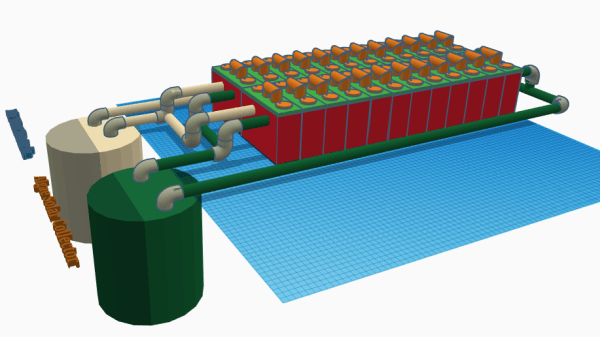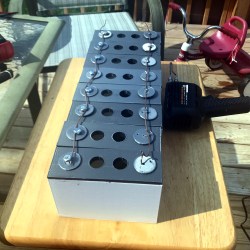Plankton are tiny organisms that drift around in the ocean. They aren’t just whale food — they are responsible for fixing up to 50% of the world’s carbon dioxide. That, along with their position as the base of many important food chains, makes them interesting to science. Unfortunately, they are tiny and the ocean is huge. Enter Planktoscope. Billed as “an affordable modular quantitative imaging platform for citizen oceanography,” the device is a software-controlled microscope with the ability to deal with samples flowing through.
The software is in Python and uses existing libraries for user interface, image processing, and other tasks. The computing hardware is in the form of a Raspberry Pi. There are actually two prototypes of PlanktoScope available.


















